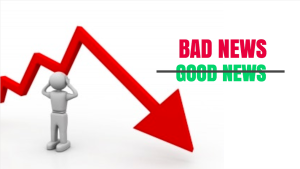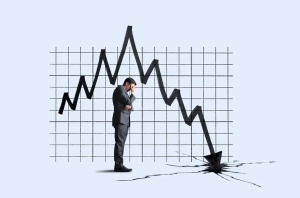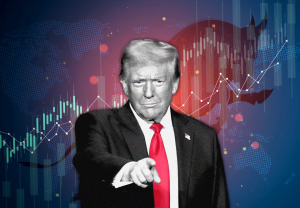On March 28, the U.S. stock market experienced a 2% decline in the S&P 500 Index from the previous day, marking the second-largest drop this year (following the 2.7% drop on March 10).
The significant market decline on March 10 was triggered by investors’ unease following President Donald Trump’s response when asked about the possibility of a recession: “There is a period of transition, because what we’re doing is very big.”

The March 28 decline was primarily driven by intensified inflation concerns arising from tariffs. Specifically, the core PCE deflator—a critical inflation gauge for the Federal Reserve—rose by 0.4% in February month-over-month, the sharpest increase since January of last year.
Additionally, the final reading of the University of Michigan’s March Consumer Survey showed a 5-year inflation expectation of 4.1%, revised upward from the preliminary estimate of 3.9%, the highest since 1993.

This week, reciprocal tariffs are scheduled to be announced on April 2, followed by a 25% tariff on imported automobiles set to take effect on April 3.
Markets are increasingly worried about a full-scale “stagflation,” a simultaneous occurrence of economic stagnation and inflation in the United States.

This scenario contrasts sharply with the so-called “Trump Trade,” a market optimism based on American economic dominance that emerged after last November’s presidential election.

Before the Trump administration fully took shape, I personally expected U.S. stock prices would continue rising due to deregulation and advances in AI. I must now admit that my earlier forecast was incorrect.
What differentiates “Trump 1.0” from “Trump 2.0”?







